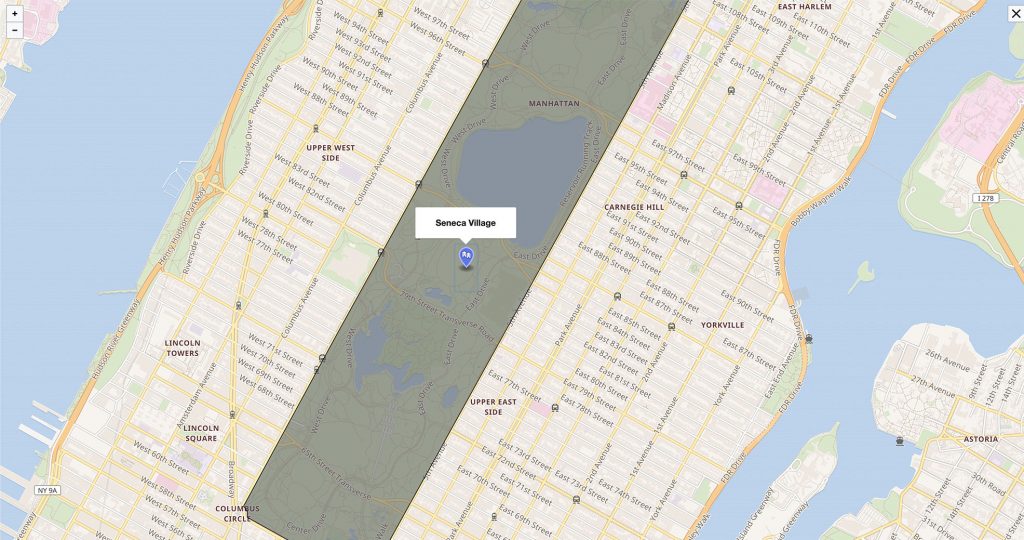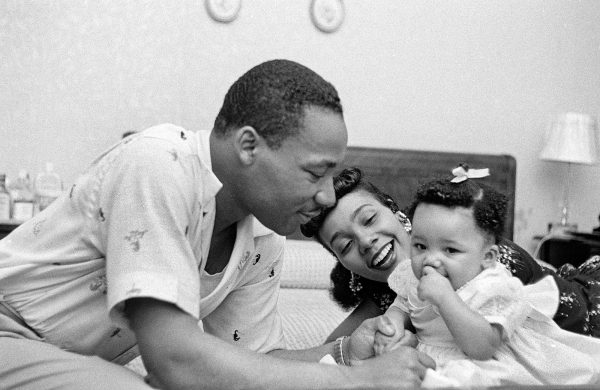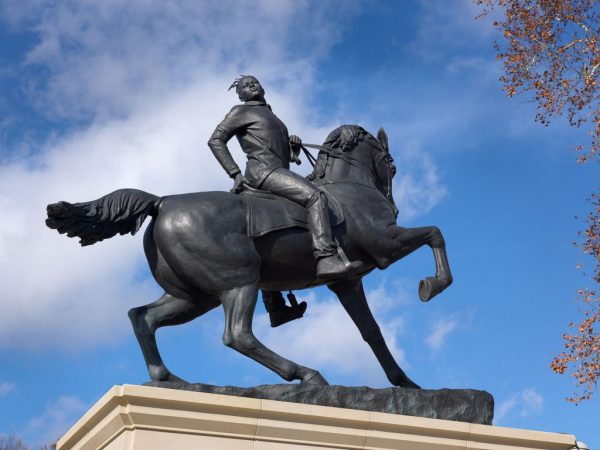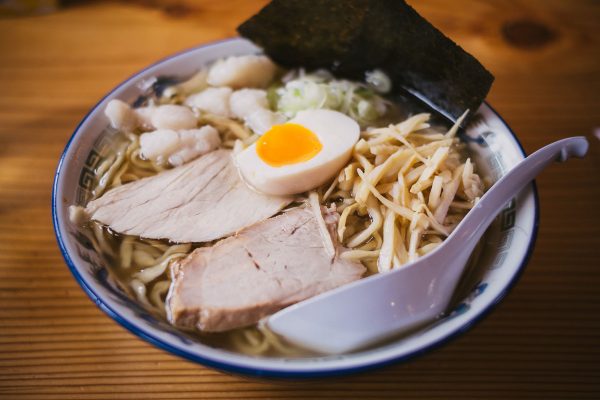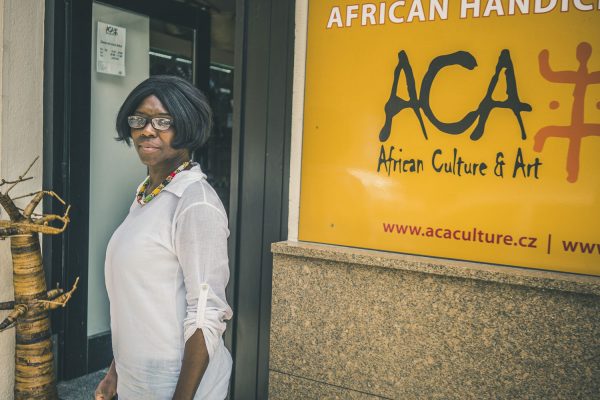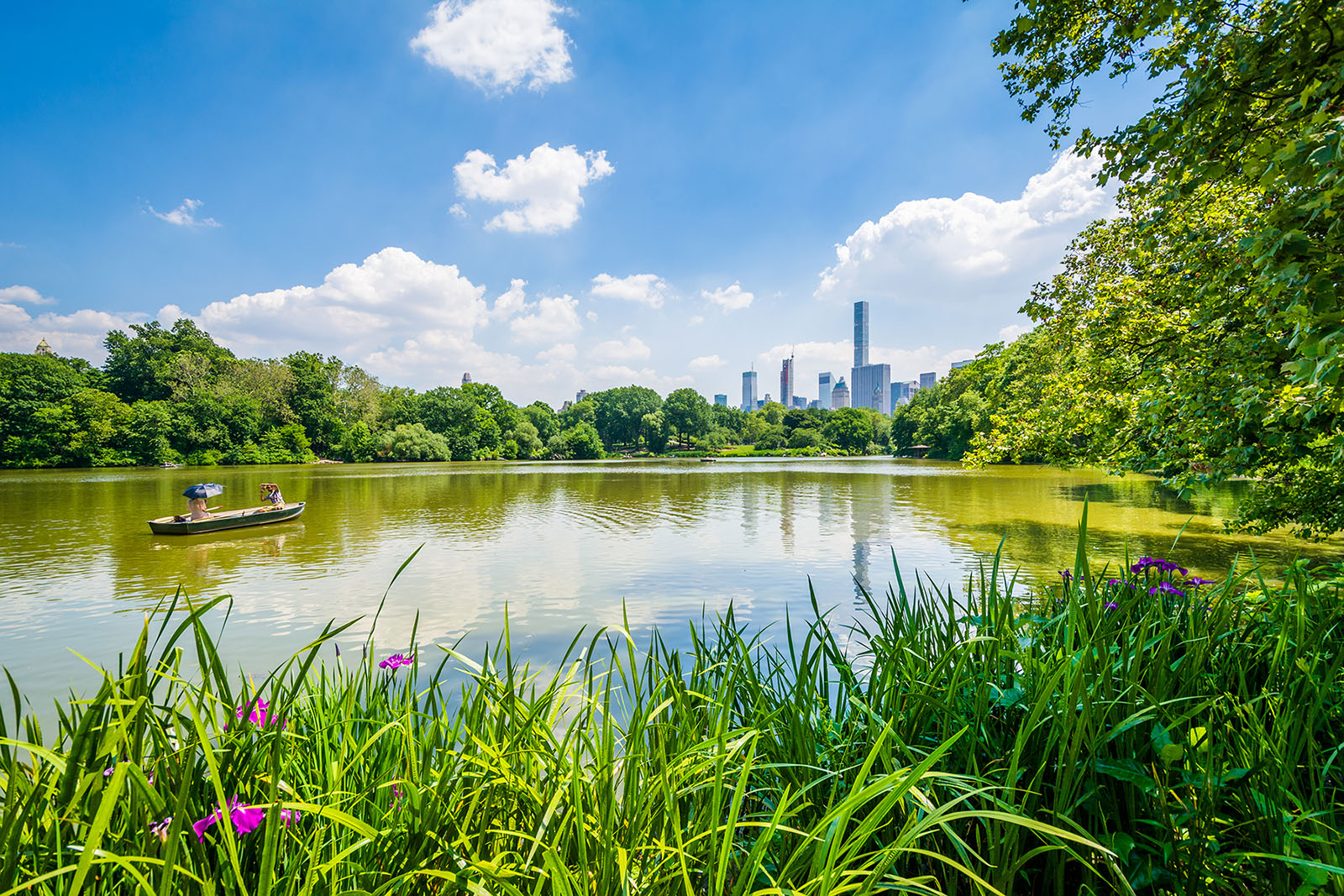
Seneca Village: The African-American Village Underneath Central Park
Beneath Central Park’s concrete pathways and grassy hills are the ruins of Seneca Village, an old African-American settlement. Comprised of homes, two schools, two cemeteries and three churches, the five acre neighborhood was situated approximately where 82nd and 89th Streets and Seventh and Eighth Avenues are located today.
The predominantly Black community existed from 1825 until 1857 when gentrification disguised as imminent domain spearheaded its demise. Some 350 landowners and/or residents were evicted from the area in 1857, paving the way for the construction of Central Park.
VOTING & LAND OWNERSHIP
The village was one of the only areas in New York City where African-Americans could buy land, and more importantly, exist free of harassment and aggression from other New Yorkers. The acquisition of property brought with it a major caveat for Black landowners: voting rights. Thanks to an amendment to the New York state constitution, if you owned more than $250 in property, were male and lived in New York for more than three years, you were allowed to vote.
Seneca was also a stop on the Underground Railroad, a route that led escaped slaves from the South to the free North and Canada. Some historians believe the name Seneca is “derived from a distortion of the country-name ‘Senegal,’ where many of the village’s residents may have come from. The word ‘Senegal’ may also have been a code word used by Underground Railroad fugitives.
Most of the village’s history was lost once its structures were plowed over and residents dislocated. In the 1980s, archaeologists and historians began generating awareness about Central Park’s buried secret. And while it took over a hundred years, in 2011, an archaeological excavation began and led to the discovery of hundreds of artifacts likes ceramics and tools; finds which provide a small peak into the lives of Seneca’s former residents.
TOURS
The Central Park Conservancy offers guided tours tracing the history of Seneca Village. Tour highlights include “former sites of the Village’s three churches, a natural spring that was a primary water source for residents, and the site of the original reservoir, which stood in what is today one of the Park’s most popular landscapes.” The cost of the tour is $15 and runs approximately 90-minutes.
Eric has revolved in and out of passport controls for over 20 years. From his first archaeological field school in Belize to rural villages in Ethiopia and Buddhist temples in Laos, Eric has come smile to smile with all walks of life. A writer, photographer and entrepreneur, the LA native believes the power of connectivity and community is enriched through travel.
